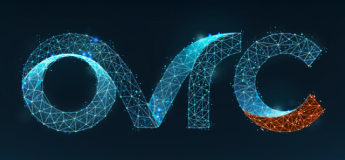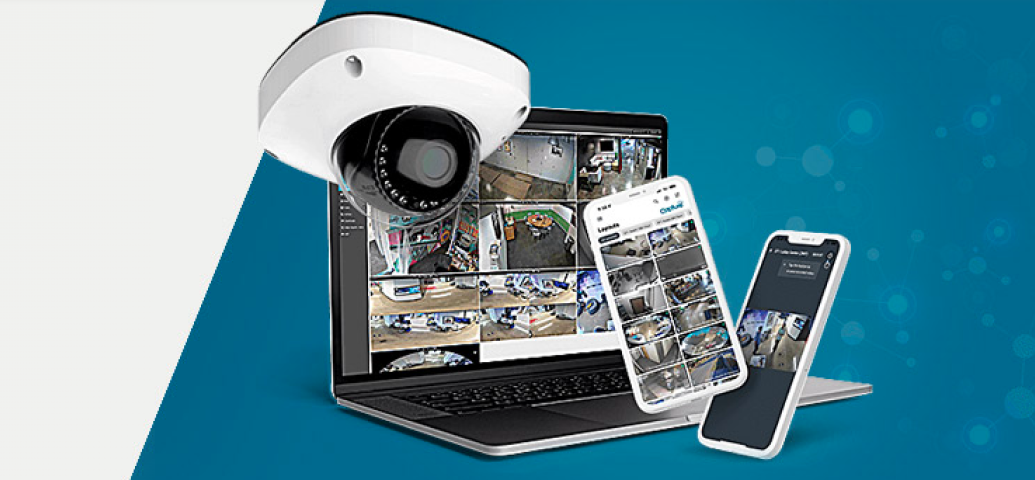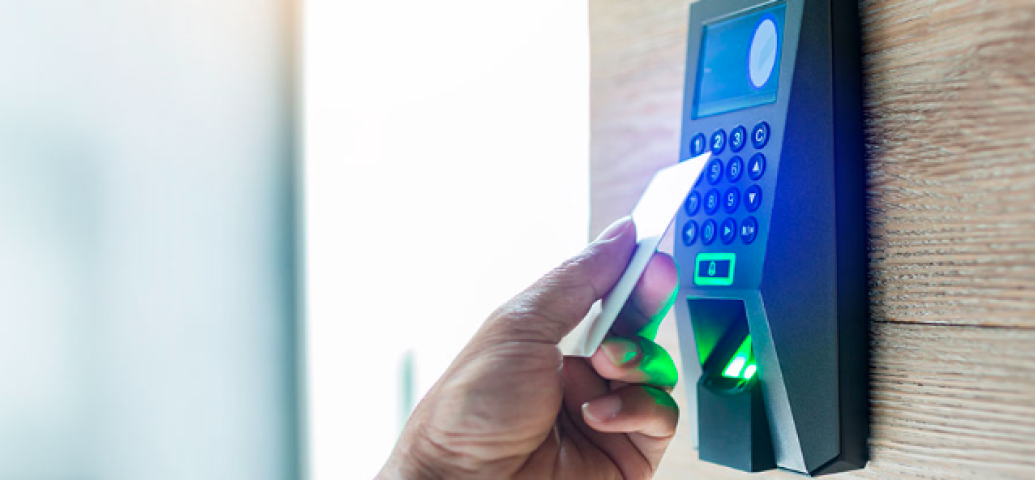Importance of Remote Monitoring
Learn more about RMM solutions for AV, smart home and security
Please rotate your device
Landscape mode is not supported. Please return to portrait mode for a better experience.
(Or, better yet, download our app from the APP Store!)
I hereby consent to ADI storing my credit/debit card information in an encrypted form, and expressly consent for ADI to process and charge my credit/debit card for authorized transactions. I understand that authorized transactions may include applicable shipping, taxes and other handling charges as specified on an invoice. In the event the credit/debit card provided becomes invalid, I agree to provide a new valid credit card upon request, to be charged for the balance of any payments owed. This authorization will remain in effect until ADI is notified by me to cancel this authorization.
I further understand and agree to abide by ADI's credit card policy as it relates to term payments and other purchases made with my credit/debit card on file. Any future changes made to this agreement will be communicated by ADI via email.
Learn more about RMM solutions for AV, smart home and security
Whether you’ve been in the integration industry for decades or mere minutes, you’ve probably grown familiar with remote system management. Remote management and monitoring (RMM) of commercial audio video, smart home and security systems helps integrators save time and money while increasing customer satisfaction. But are you leveraging this technology as much as you could be?
Rapid advances in the field, new monitoring tools and cloud-based access to systems through mobile apps dramatically expand the services that integrators can provide remotely. Thanks to cloud-based RMM tools, integrators can monitor, diagnose and resolve many issues without having to drive to the jobsite. In addition, brand agnostic RMM software makes it easy to remotely manage products from multiple manufacturers across multiple systems, all in one platform.
Experts from ADI and other industry professionals provide their unique perspectives on the vast benefits of remote system management for integration businesses.
RMM capabilities have evolved dramatically in the past decade, but a look at where these systems started offers perspective on their importance today.
In the early days of computers, technicians would visit sites and physically inspect any systems to troubleshoot and fix problems. Proactive technicians introduced service contracts where they would make timely visits to assess the health of systems and make any necessary updates or repairs.
By the 1990s, most enterprise-level computers lived on a network, giving IT professionals remote access to the systems through the local area network (LAN). Since most servers were still on-premises at that time, monitoring and maintenance required either on-site IT staff or rolling a truck (physically visiting a job site). Once on site, though, technicians could access any computer on the building’s network from a central terminal. This marked the start of remote monitoring and management.
According to IoT Marketing, a digital marketing and market research firm, by 2005 RMM systems had become commonplace for businesses large and small. Managed Service Providers (MSPs) could take an active role in monitoring and maintaining the health of technology systems and charge monthly or annual fees for the services.
When cloud systems emerged, the location of the server became irrelevant. Technology professionals could access systems from anywhere in the world through the cloud, eliminating the need to roll a truck. They could address problems quickly. With the growth of remote monitoring, experts could detect and fix problems before the user even knew there was an issue, in some cases.
With the growth of cloud systems, more industries — including security and commercial and residential AV — began taking advantage of remote monitoring and management. The prevalence of IP-based devices (Media over IP) in the audiovisual, home theater and security industries introduced vast opportunities to provide higher levels of service to customers.
"There is an expectation of uptime,” says Evan Marty, director of product management — OvrC, Snap One. “And drivetime is the enemy of uptime. So, if you’re in an industry where there’s a high expectation of uptime, whether it’s in commercial or residential applications, remote management systems really lean into that."
Remote management and monitoring have long been an essential part of the security industry. As RMM technology has continued to develop, these solutions have expanded into AV and smart home applications, and they are growing in popularity within the access control industry. Technicians and end users alike are finding that the increased convenience and uptime make remote management software well worth integrating across multiple systems.
The audio video and smart home industries have been implementing remote monitoring and management for more than a decade. Jason Harbst, technical sales support for ADI, says he’s seen bars and restaurants, as well as high-end smart homes, deploying the WattBox power conditioner with Snap One’s OvrC included for remote monitoring and management.
The platform also gives integrators and end users visibility into third-party manufacturers’ products, all through the OvrC Pro app.
- Jason Harbst, technical sales support for ADI
While remote monitoring systems can help integrators minimize truck rolls, these systems also arm technicians with necessary information if they need to visit a customer.
“Even if you have to go to the jobsite,” Marty says, “you should be able to glean enough information through OvrC to be able to be prepared — to understand what the problem is and to have the necessary parts, pieces and tools in hand to be successful on that trip. We’re really trying to get that service call down to a single trip where the technician is prepared and ready to solve the problem.”
While the residential and commercial AV industries are increasingly adopting remote monitoring and management, the security industry hinges on these capabilities. Companies often provide free or low-cost equipment along with a service contract for monitoring and maintenance.
“The alarm world is built on the recurring revenue stream,” says ADI’s Brian Creech, senior technical sales specialist. “Everything revolves around that.”
Nathan Vaughn, senior technical sales specialist at ADI, agrees, “On the surveillance side, remote access through mobile apps has been around for a while. Everyone views their cameras and gets notifications of activity remotely.”
Today’s cloud-based systems, however, also allow remote maintenance and control of the devices on the network. In the past, Creech explains, security integrators would still need to bring their laptop, loaded with the correct RMM software and credentials, to a customer’s location.
“We needed to make sure that all installers have the whole customer history database and programming settings to make any changes to the system,” he recalls.
Today’s technology allows service technicians to make changes through the cloud from any internet-enabled device. “They can change settings, make modifications or diagnose issues without actually having to roll a truck,” Creech says.
“Now, with cloud services, you can have full management of your system from anywhere in the world, as long as you have internet access,” Vaughn adds. “On the CCTV side, that could be viewing, editing or sending videos or receiving notifications.”
If camera communication is lost from a single camera, you can reset the ports on the switches so the camera resets. “You can even have the switches reboot those devices automatically if there’s no communication received after a period of time,” Vaughn explains. This goes for uninterruptible power supplies and any other device on the network, as well.
Previously, many devices would have these features embedded in the hardware of various devices. Platforms like Snap One’s OvrC and OvrC Pro, however, put control into one centralized location. “We can drill down into any of these devices through one platform,” Vaughn says.
Creech additionally spotlights Resideo’s AlarmNet 360, saying it’s another powerful tool for homes or businesses. “It is an intermediary that receives the signal and sends it wherever it needs to go,” Creech explains. “You don’t have to have a laptop with a specific program running on it.”
Vaughn points out that the adoption of remote management for access control has been slower than for CCTV and other security systems.
- Nathan Vaughn, senior technical sales specialist at ADI
For instance, he says, ProdataKey is one of the fastest-growing mobile access control panel platforms, and it’s 100% cloud-based.
“When it comes to access control, with authority from the client, integrators can add new employees to the system or change user codes,” Creech says.
Vaughn adds that vacation properties and the hospitality market, as a whole, have been faster to adopt remote management than some other vertical markets. “Instead of having management companies handling the distribution of keys and having people drive to a centralized office to pick up information, physical access control can be changed remotely and even expire remotely,” Vaughn explains.
However, he points out there’s still hesitation from some customers to adopt remote monitoring and management capabilities, either due to security concerns or budget constraints.
“Some of the hesitation comes from the cost of these services, because anything cloud-based will have a monthly recurring charge, which is great for integrators,” Vaughn says. “But the way many of these businesses are structured is through annual budget requests. You have to be able to overcome those objections.” He continues, “I think overall a lot of it is their comfort level. Integrators have to explain the benefits and overcome the objections of recurring costs.”
As the industry moves toward cloud-based systems, customers are likely to start seeing the time and cost savings of paying monthly or upfront for the added convenience and reduced downtime when integrators don’t need to roll a truck to resolve an issue.
With so many use cases for remote management technology, the benefits are similar regardless of the industry, the market or the application. Experts agree on the vast advantages of remote monitoring and management, which include:
“The convenience factor is the number one thing for businesses,” Creech points out. He mentions that some integrators are hesitant to adopt new remote technologies, but, he says, “They’re missing out on saving money on a large scale, because not having to send a technician with a truck out to a business saves a lot of money.”
Remote technology also puts some degree of power in the hands of end-users. Describing common smart home applications, Creech says, “They can arm and disarm the security system. They can receive notifications of panel activity, such as someone entering or exiting the home. [The system] also ties into the smart home automation aspect, so they can control lighting, thermostats, door locks, water shutoff and other aspects of their home systems remotely through one app.”
Giving customers access to these features further improves satisfaction. Ultimately, moving systems to the cloud on a centralized platform is a win-win for customers and integrators.
If you’re ready to take the leap and simplify service calls while introducing opportunities for recurring revenue, ADI has access to a variety of systems for remote monitoring and management. Choosing the best RMM tools for any application begins with a discussion of the end user’s needs and objectives.
“Integrators need to consider: ‘What feature set does my customer need?’ and then choose manufacturers that best fit that feature set,” Vaughn says. This mindset doesn’t lock customers into a specific brand. Instead, it takes a holistic view and looks to create solutions rather than simply selling products.
Platforms that are brand-agnostic, which can monitor and manage devices from a variety of manufacturers, can make operations easier and more intuitive. “It’s much easier to have one platform than to have several different platforms,” Vaughn says. “It’s all about ease of management.”

A free, cloud-based remote management and monitoring platform, OvrC allows you to install, monitor and troubleshoot network devices simply and efficiently, enabling you to reduce service calls and downtime.
Learn More
Capture Cloud VMS powered by Eagle Eye Networks is a fully managed cloud video surveillance solution, delivering an end-to-end video management system that's simple to deploy and easy to use.
Learn More
Learn how to integrate both into home automation systems.
Learn More